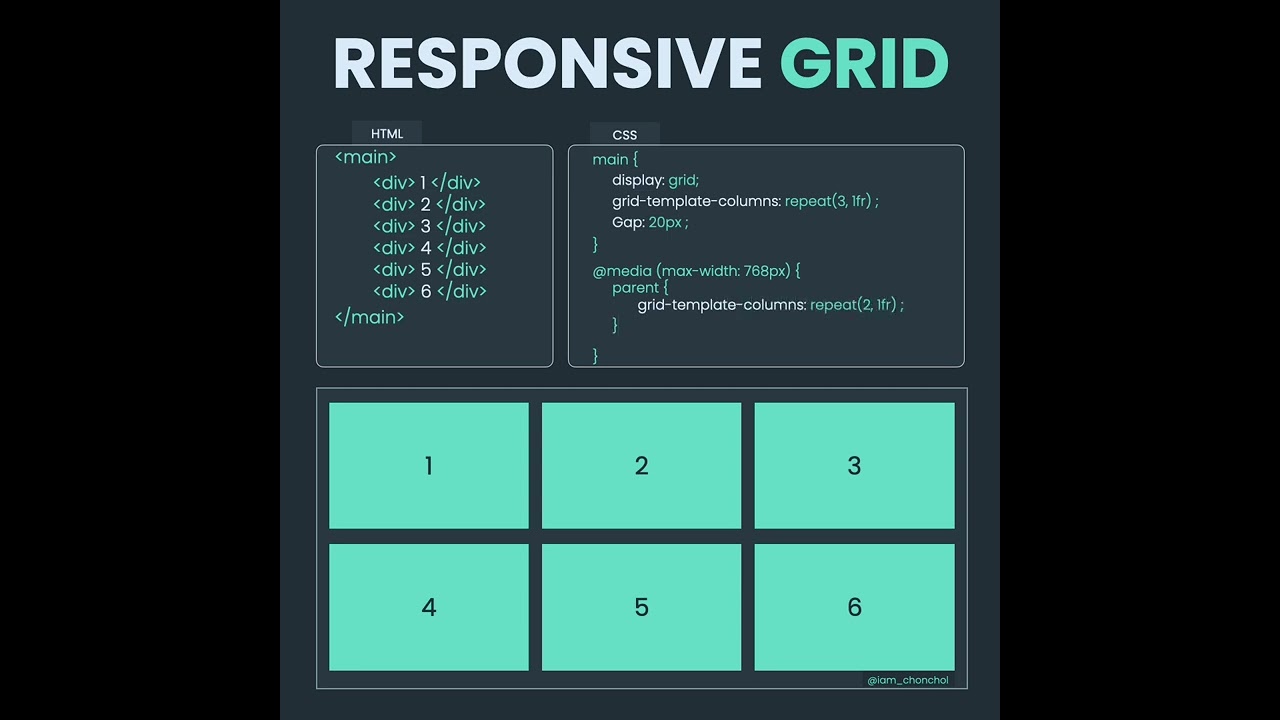
In this CSS tutorial, you’ll learn how to create a responsive grid that automatically adjusts to different screen sizes. A responsive grid is an essential component of modern web design, allowing your website to look great on desktops, tablets, and mobile devices.
With CSS, you can create a flexible grid that resizes and reorders content based on the available screen space. In this video, we’ll cover the basics of CSS grid, including how to define your grid, set column and row sizes, and use media queries to adjust your grid for different screen sizes.
We’ll also discuss some best practices for designing a responsive grid, such as using percentage-based widths, setting max-widths for content, and using the grid-gap property to add spacing between grid items.
Whether you’re a web designer, developer, or just starting out with CSS, this tutorial will give you the skills you need to create a responsive grid that looks great on any device. So, fire up your code editor and get ready to create a stunning, responsive web design!
Keywords: CSS responsive grid, web design, responsive web design, CSS tutorial, web development, media queries, grid-gap, percentage-based widths, max-widths.
Remember, to rank high in YouTube search, it’s important to use relevant keywords in your title, description, and tags. Use natural language and avoid keyword stuffing, and make sure your description accurately describes the content of your video.
